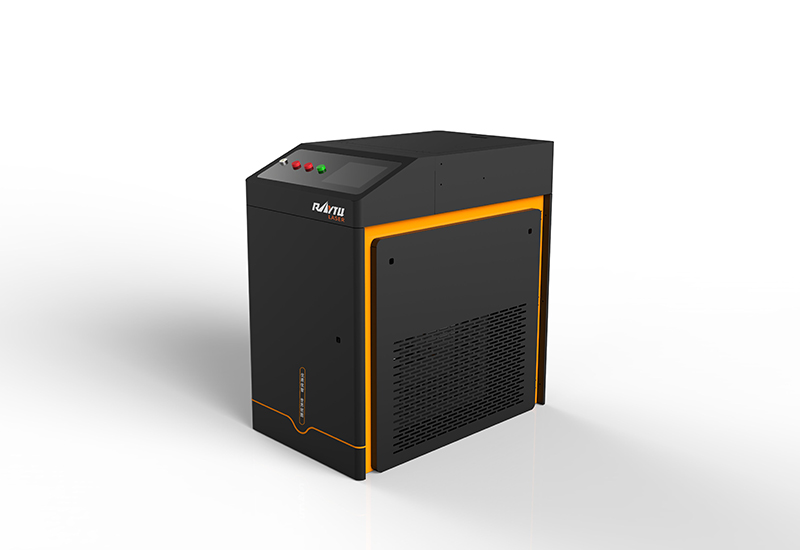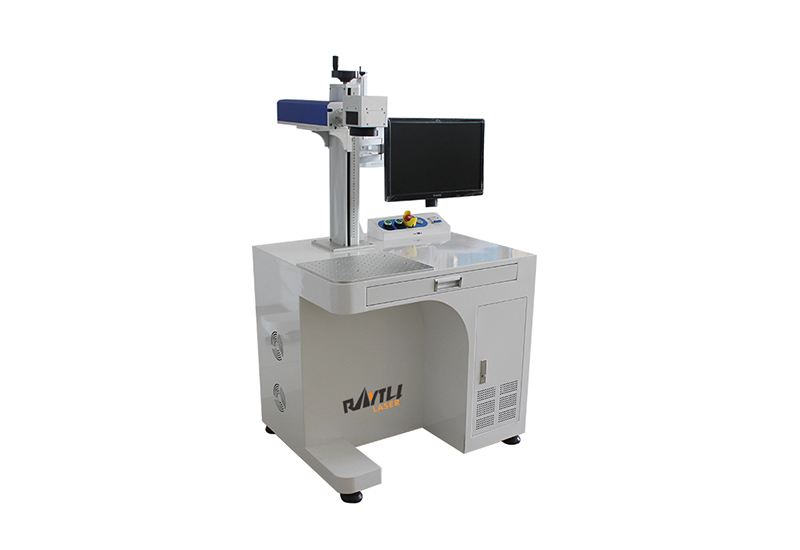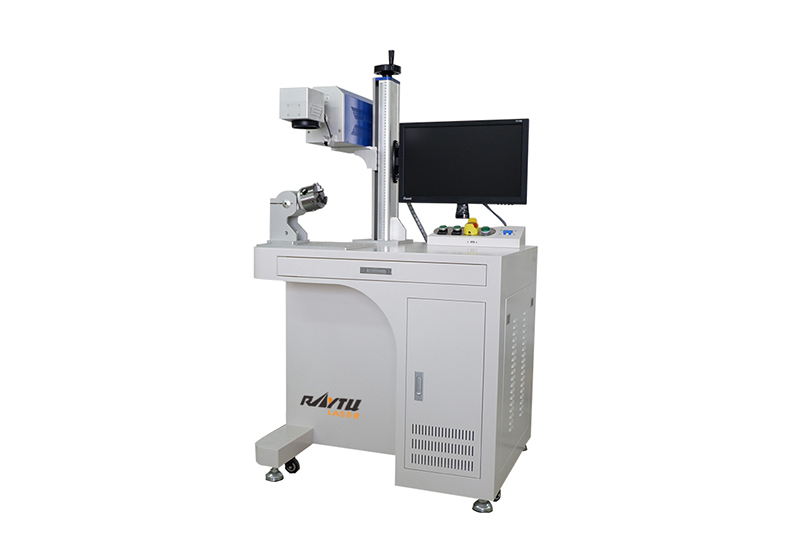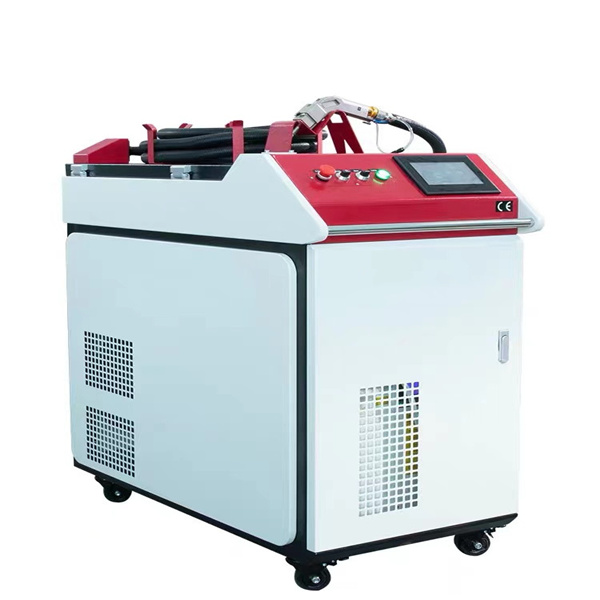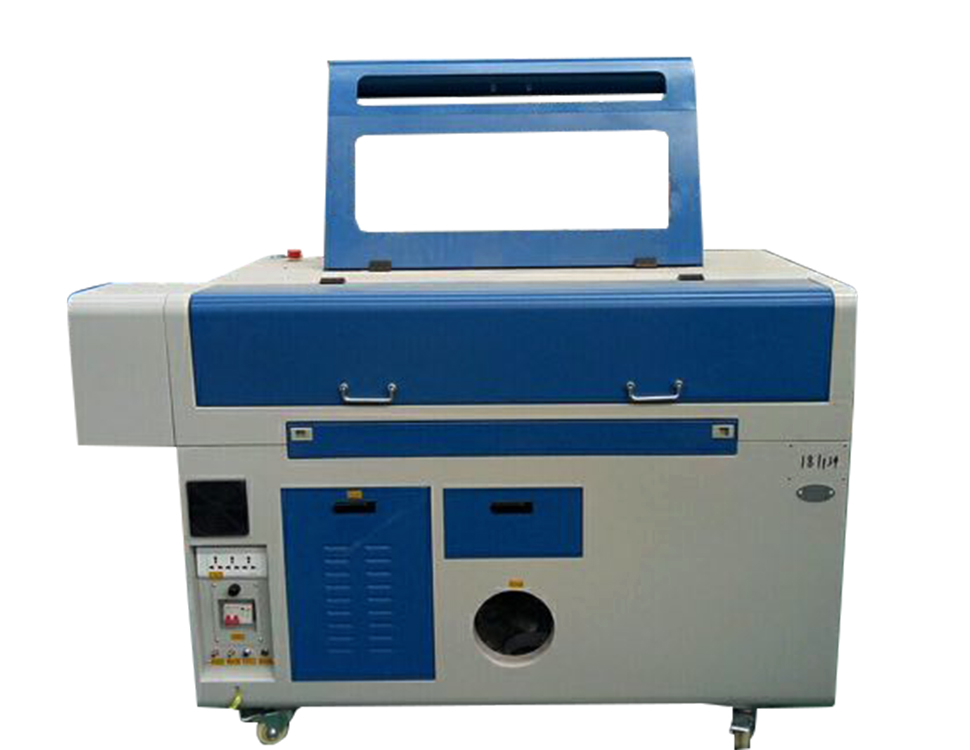Laser cutting has revolutionized manufacturing by providing precise and efficient cutting solutions. With fiber laser technology, machine prices have dropped significantly, bringing this technology within reach.
However, there is always room for improvement when it comes to increasing the quality and productivity of the laser cutting process. In this article, we look at five key areas where laser cutting can be significantly improved:
Material Quality, Programming/Nesting, Power, Auxiliary/Cutting Gas and Controlled Heat. By considering these aspects, you can optimize your laser cutting processes, achieve better results and increase efficiency.
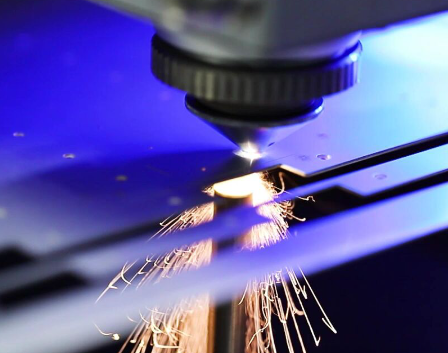
1. Material quality:
The quality of the cutting material has a direct impact on the laser cutting process and therefore on the success rate. Poor material quality can lead to uneven cuts, excessive burr formation and reduced accuracy. To improve performance and cut quality, the material quality must be improved:
(a) Choose high quality materials: choose materials with uniform composition, minimal impurities and uniform thickness. This will ensure a more consistent cut and reduce the risk of errors.
b) Surface preparation: Properly clean and prepare the material surface before cutting. Remove all contaminants such as oil, dust or rust, as these can affect the cutting process and reduce the quality of the cut.
2. Programming/nesting:
Efficient part programming and nesting play a critical role in optimizing laser cutting operations. Programming involves creating instructions for the laser cutter, while nesting focuses on arranging parts on a sheet of material as efficiently as possible.
Maximizing material utilization and reducing costs starts with programming. Consider the following techniques to improve programming and nesting:
(a) CAD/CAM software: use advanced CAD and CAM software to create precise cutting paths and optimize material utilization. This part is simple, but using the right system that understands the limitations of the laser process is important
as it can be programmed to avoid issues such as skewing due to tabs. These tools allow precise control of the cutting process, minimizing waste and maximizing productivity.
b) Nesting algorithm: Implement an intelligent nesting algorithm to analyze the geometry of the parts to be cut and optimize their arrangement on the material sheet. Efficient nesting reduces scrap and increases cutting speed, which saves costs and increases productivity.
They know when to insert parts into the blanks of other parts, in which direction they must run and on which side of the line the beam must be located. They can also quickly identify whether the laser is being used for etching or scribing or whether it is a layer that requires a clean cut.
3. Strength:
The laser power used for cutting is a key factor in achieving optimal results. In general, you should use the full available power and speed of your laser, but using the recommended power is best for cut quality, accuracy and consumable life.
The right power setting combined with the right gas mixture will improve the performance aspect of laser cutting, but there are other factors that contribute to getting the right power on the material:
(a) Regular maintenance: make sure the laser cutting machine is properly maintained and calibrated. Regular maintenance, including cleaning the optics and checking the beam alignment, will help maintain optimum power output and cutting performance.
b) Power adjustment: Adjust the laser power according to the material to be cut and the material thickness. Fine-tuning the power settings helps to avoid overheating or undercutting, resulting in better accuracy and less material distortion.
4. Auxiliary/cutting gas:
The selection and proper use of assist/cutting gases can significantly affect the quality and speed of laser cutting. The assist gas helps to remove molten/vaporised material from the cutting area, protects the surrounding materials from excessive heat and
the lens from contamination. Find out how to use it optimally here:
a) Gas selection: Select the appropriate auxiliary gas depending on the cutting material. Different materials have different requirements and using the right gas can improve the cutting process. Commonly used gasses include oxygen, nitrogen and compressed air.
b) Gas pressure and flow rate: Optimize the gas pressure (PSI or BAR) and flow rate (CFM) according to the material and thickness. Sufficient gas pressure and flow rate will ensure efficient removal of the molten material, resulting in cleaner cuts and reduced post-processing requirements.
5. Heat control:
Heat control is critical in laser cutting to prevent the material from warping, distorting or creating unwanted thermal effects. Proper heat management ensures consistent cut quality and minimizes the need for rework. Please observe the following measures:
(a) Staggered cuts: Staggered cuts on a sheet reduce heat buildup in a specific area of the sheet, reducing the likelihood of material distortion and damage to the laser head.
b) Cooling system: Check that the recommended effective cooling system is used to cool the cutting head, as this can cause the laser to lose its focus and affect the cut quality.
b) Pulse duration and frequency: Adjust the pulse duration and frequency of the laser to optimize heat input. Shorter pulses and higher frequencies minimize the heat-affected zone, resulting in cleaner cuts and red
 High Power Fiber Laser Cutting Machine
High Power Fiber Laser Cutting Machine
 Enclosed Fiber Laser Cutting Machine
Enclosed Fiber Laser Cutting Machine
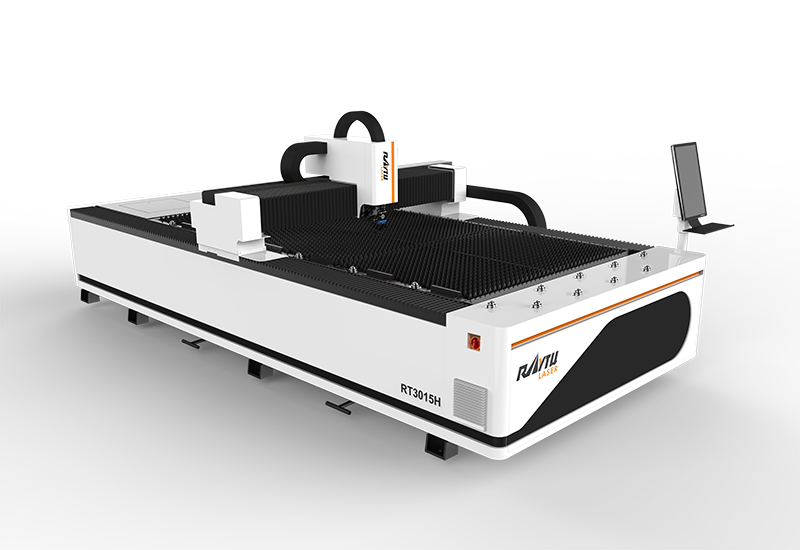 Sheet Metal Laser Cutting Machine
Sheet Metal Laser Cutting Machine
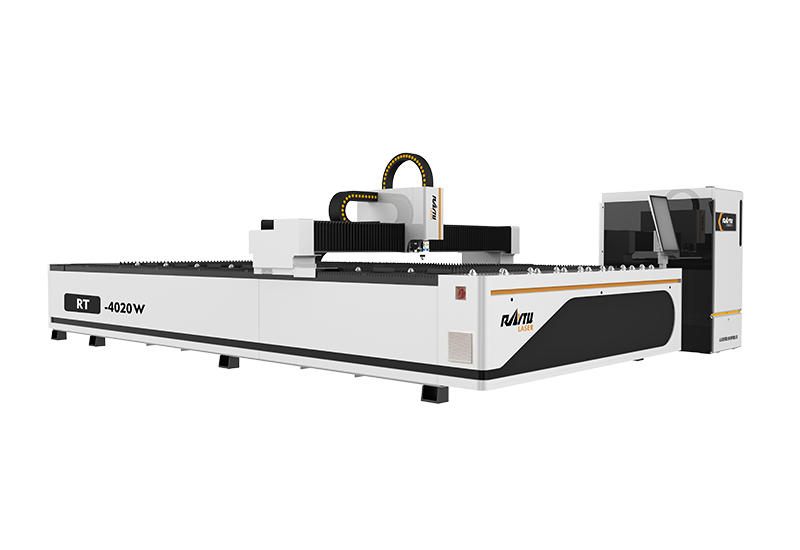 Medium Power Metal Laser Cutting Machine
Medium Power Metal Laser Cutting Machine
 Automatic Tube Laser Cutting Machine
Automatic Tube Laser Cutting Machine
 Coil Fiber Laser Cutting Machine
Coil Fiber Laser Cutting Machine
 RTC-12036M 3 Chucks Tubeeber Laser Cutting Machine
RTC-12036M 3 Chucks Tubeeber Laser Cutting Machine
 Single Table Enclosed Fiber Laser Cutting Machine
Single Table Enclosed Fiber Laser Cutting Machine






 EN
EN ES
ES RU
RU AR
AR